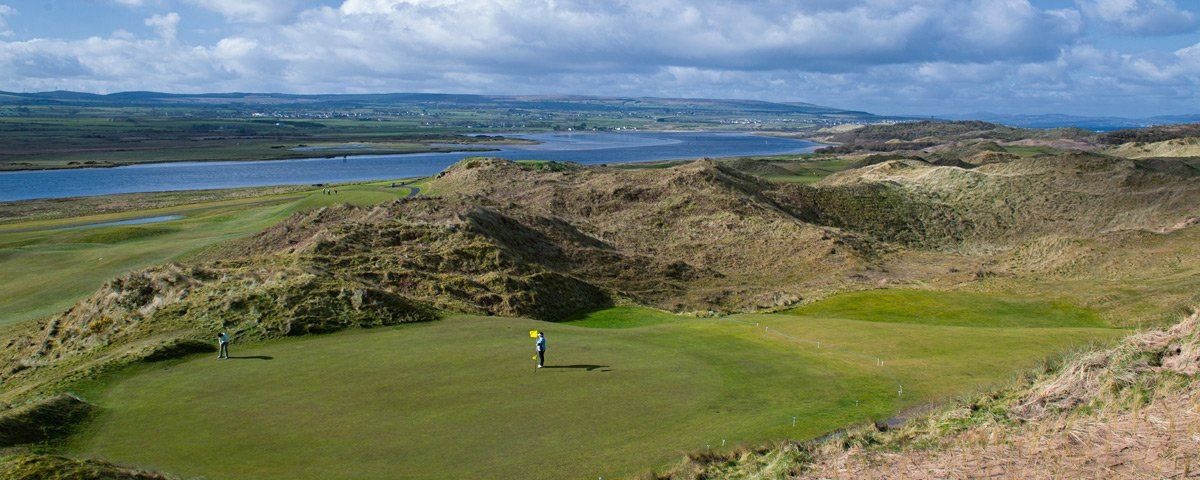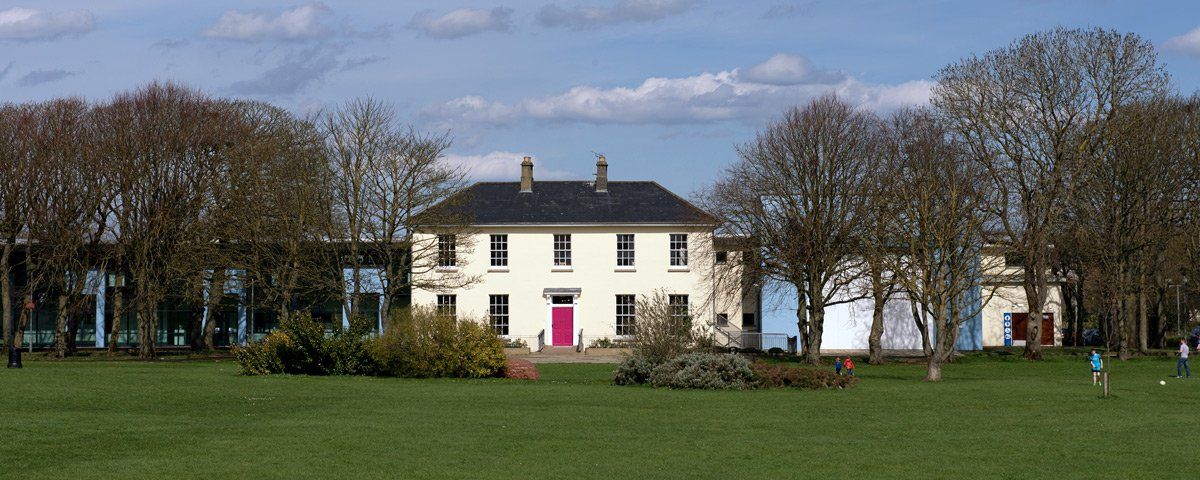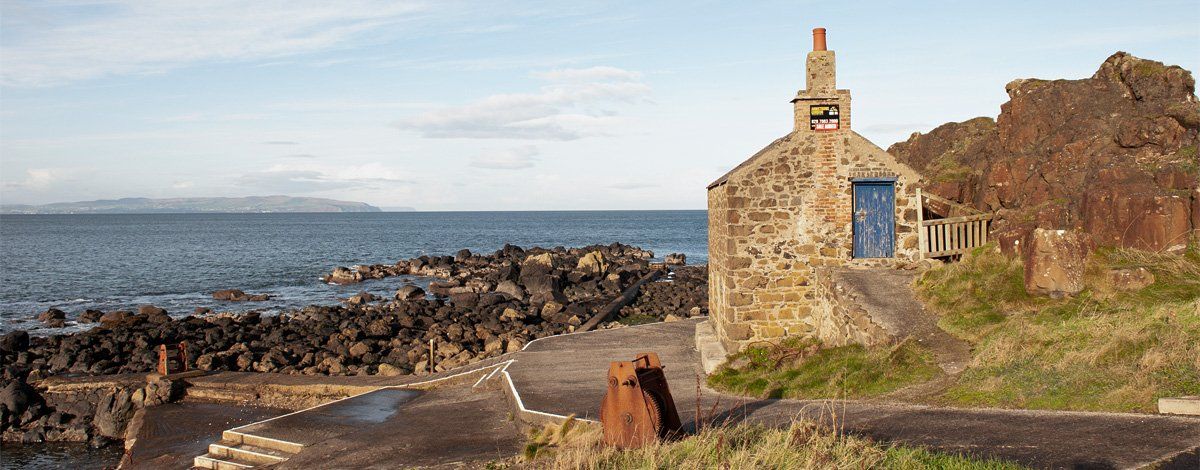The name Portstewart is a relatively modern name and descriptive of its origins, it came about in 1734 after Alexander McDonnell, the 5th Earl of Antrim gave the lease of a boat slip and surrounding lands to the Stewarts of Ballylease, a branch of the Royal Stewarts and the same Stewarts that owned Ballintoy. Like most of the north coast, where safe anchorage for fishing boats existed, small settlements grew up and eventually harbours evolved. The first settlers here would have been primarily fishermen and their families. After the landlord arrived, investments were made and the first purpose-built harbour was built in 1832, later in 1889, this was enlarged with the final harbour you see today being finished in 1910.
The estate was inherited through marriage by the Cromie family of Cromore demesne and later through marriage to the Montagu family. The estate included land adjacent to the Stewarts owned by the O'Hara family who built an impressive castle on the promontory in 1834, where the Dominican College is. The castle was bought in 1917 by the Dominican Sisters who founded the college and later extended and modernized as a school. In a similar way to Portrush, Portstewart's attraction as a recreational resort saw it grow and prosper. Unlike Portrush who welcomed the age of rail travel with open arms, Portstewart resisted due to the convictions of Mr Cromie who believed that this new form of travel would impact on Christian values, morality and Sunday worship.
The compromise saw the railway and station being built a mile outside the town at Cromore Halt in 1855. During an age when rail travel was expanding, this decision probably restricted the growth of Portstewart in comparison with other seaside towns serviced directly by train from Belfast and Londonderry. To overcome this a steam-driven narrow gauge tramway was opened in 1880 to connect the promenade to the Cromore Halt and in doing so encourage people to the seafront from the same line that serviced Portrush. Despite the added feature, Portstewart developed with less vigour than Portrush and was seen as a quieter place to stay.
The tramway itself was never a profitable concern and indeed went into receivership in 1892. It was bought over and functioned till January 1926 when it was replaced with a bus service. One of the trams is preserved in the Ulster Folk Museum of Transport at Cultra, Belfast. The harbour and promenade are very beautiful in summer, offering walks and seating alongside the ocean with shopping and café restaurants across the street. Just below the Dominican College at street level is a large building known as the Strand Ballroom which played host to most of the famous Irish showbands, others bands such as Them with Van Morrison and the John Mayall's Bluesbreakers, Jack Bruce, Eric Clapton and Mick Taylor all played on the stage at the Strand.
The numbers of ships using the river is very low compared to the past when all the coal, timber and materials would come in this way. Up until the 1980s, virtually every week you would see one or two ships anchored off Portstewart waiting for the tide and navigation over the Barmouth, the pilot boat is harboured in Portstewart. Cromore House demesne is on the outskirts of Portstewart close to Cromore Halt railway station that served Portstewart. The house was built in the 1750s and redesigned and modified to its present-day appearance in 1834 by John Cromie, On May 12th 1942, at the beginning of the Second World war the third Battalion of the 34th Infantry Division, arrived here, they were the first US Division to enter the European theatre of war.
They arrived in Londonderry by steamer after being transferred from their convoy ship the 'Aquatania' in the Clyde. Known as Camp Cromore the troops were billeted in Nissen huts on the estate, the foundations are still there today, though overgrown and under trees. The estate saw the coming and going of troops who would spend up to two months training before going to prepare for the D Day landings in Normandy, individuals such as Staff Sargeant James C. 'Buck' Hutto of the 82nd Airborne Division, 508 Parachute Infantry Regiment, 3rd Battalion, Company C who mentioned Cromore in his memoirs of wartime experiences and his parachute drop into Normandy behind enemy line.







